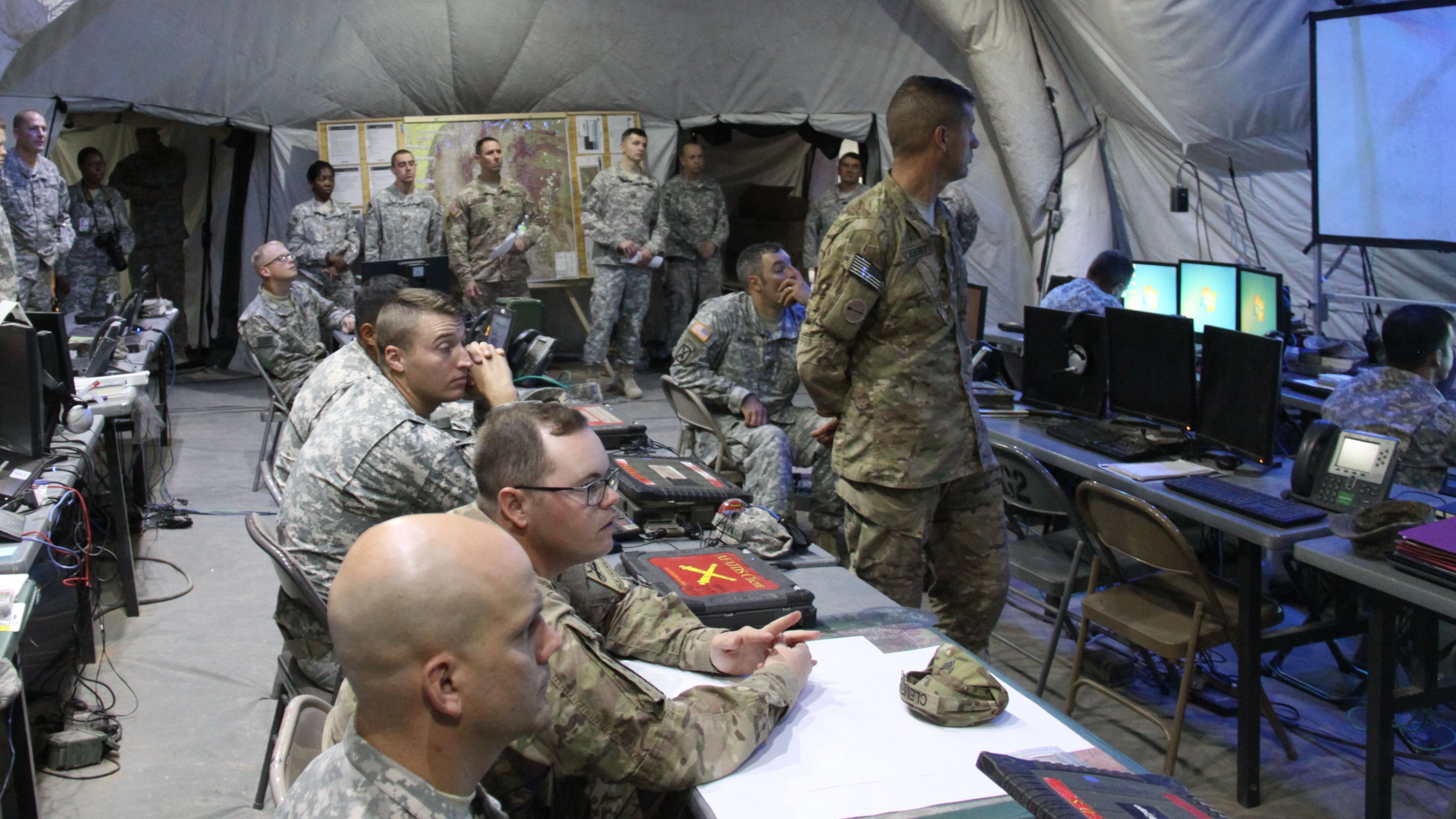Unmanned aerial vehicles (UAVs), or portable drones, have “changed the nature of war,” as Smithsonian Magazine put it. They’re also changing the nature of security— at least they should be.
Drones, which today are used for a variety of tasks such as communications to reconnaissance to deliveries, are emblematic of the military’s increasing reliance on distributed and mobile technologies. Covert tactical devices have the potential to collect far more information than spy satellites, for instance, as they are more discrete, agile, and cost effective.
Portability and agility aren’t enough, however. Reliability and security are just as important. Because while the U.S. military is gathering tremendous amounts of data thanks to sophisticated sensors at the tactical edge, that data will sit uselessly or pose significant security risks if it’s not shared properly. It must be made available at all classification levels and to our mission partners from other countries.
Staying on the tactical edge
Data must be operationalized at multiple levels to be used to its full potential. Drones operating at the classified level have fully protected systems and encrypted data links. The benefit is that the data they collect is already connected to classified systems and networks. The problem is that, if they’re captured or shot down, an adversary can gain access to that information or connectivity to our networks
Unclassified drones erase this risk. If they get captured or shot down, no data is lost or compromised. The problem, though, is getting that unclassified data safely transferred to a separate operational network, running at a classified level or shared with our mission partners from other countries. That can’t happen without cross-domain technologies.
Cross-domain technologies closely inspect, transform and monitor data transfers, ensuring only correct and authorized information crosses systems and networks at different security levels. A request is sent up through the cross-domain guard, which looks at the data, assesses and ensures compliance, then transfers it to a higher level (or vice versa).
Without cross-domain technology, networks with different classification levels remain separate. Data either doesn’t get transferred or gets transferred in extremely inefficient ways, including through the “Sneaker-net” (via portable USBs, CDs or DVDs) or by sending it back to an enterprise cross-domain system located in the United States or on a military base.
Either scenario puts the warfighter at a strategic disadvantage. Such inefficiency may just sound like your typical bureaucracy, but it can have a tangible cost for those on the frontline. A more efficient and timely manner is to move data between networks right on the tactical edge with cross-domain technology. In fact, cross-domain technologies are non-negotiable in today’s distributed, mobile age.
Building secure gateways
A similar example comes from wearable devices. While wearables are usually thought of as the typical consumer Internet of Things use case, they are now used by soldiers and considered the electronic heart of the battlefield.
But the location and health data of soldiers, when aggregated, is extremely sensitive information. Just like the data collected from an unclassified drone, such information sometimes needs to be transferred to higher classification levels—and cross-domain technology is the only way to do so quickly and securely.
The bottom line
Cross-domain technology at the tactical edge is not yet the status quo, as creating a gateway between networks can appear intimidating to some. But building such gateways safely and securely is no longer an option. We live in an age of digital transformation; data is growing exponentially. To make the most of the mass quantities of data being accumulated, we must be able to exchange it at all classification levels and between our mission partners.
Cross-domain technologies will become the bedrock of the military’s Internet of Things. With an exploding number of sensors gathering information and intel on the tactical edge, it’s crucial that such information can be rapidly and safely shared between networks. By overlooking the need for such connectivity, the military risks missing out on operationalizing crucial data due to inefficient sharing methods. Additionally, there is a risk that people on the tactical edge will simply opt for an unsafe method for the sake of saving time.
Cross-domain technologies can help the Department of Defense and our warfighters avoid that no-win situation. They increase efficiencies and facilitate more efficient operations between agencies and mission partners. Cross-domain technologies also allow crucial transfers to take place without leaving the tactical edge, ensuring military officers and others receive the information they need to make the best strategic decisions they can.
George Kamis is the chief technology officer for global governments and critical infrastructure at Forcepoint, an Austin, Texas-based cybersecurity company.







